The collapse of the Kakhovka Dam on the Dnieper River is expected to hinder Ukraine's chances of counterattacking, but also create many disadvantages for Russian forces.
The Kakhovka Dam on the Dnieper River in the Russian-controlled Kherson region was partially destroyed after an explosion on June 6, releasing 18 billion cubic meters of water into towns and farmland downstream, forcing thousands of civilians to evacuate. Russia and Ukraine both said it was a deliberate attack and blamed each other.
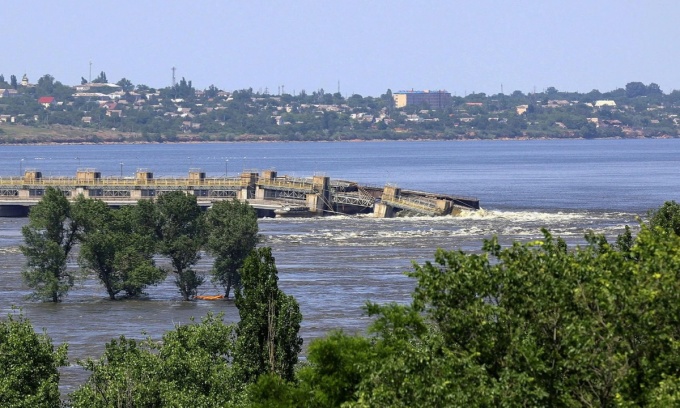
The area of the Nova Kakhovka dam that collapsed in the Kherson region, southern Ukraine, on June 6. Photo: Reuters
The dam disaster comes as Ukraine prepares to launch its long-awaited spring counteroffensive and could potentially complicate the advance of its forces, although Kiev has not revealed which direction it plans to attack, experts say.
“Remember that Russia is on the strategic defensive and Ukraine is on the offensive, so in the short term the dam collapse is definitely a Russian advantage,” said Ben Barry, a senior fellow at the International Institute for Strategic Studies (IISS), a London-based think tank. “The Russians will have the advantage until the water recedes, because the situation on the ground will make it more difficult for Ukraine to attack across the river.”
Natalia Humeniuk, a spokeswoman for Ukraine's southern military command, accused Russian forces of blowing up the dam to prevent "the feared crossing of the Dnieper River." Ukrainian presidential aide Mykhaylo Podolyak also said that Russian forces destroyed the dam to "hinder the counterattack of the Ukrainian armed forces."
The Dnieper River separates Russian- and Ukrainian-controlled areas in Kherson Oblast. The western bank of the river is controlled by Ukrainian forces, while the eastern bank is occupied by Russian forces. The river is wide and the Ukrainian army has few vantage points from which to cross and counterattack.
If the Kakhovka Dam breaks and the Dnieper River widens several times, the operation to cross the river will become much more difficult, according to Dan Sabbagh, a defence and security expert at the Guardian . Russian defensive positions on the east bank of the river are built on high ground, making them more resistant to flooding and better able to prevent Ukrainian forces from crossing.
Maciej Matysiak, a security expert at the Stratpoints consultancy and former deputy head of Poland's military counterintelligence agency, said the floodwaters in the area would prevent the use of heavy weapons such as tanks for at least a month.
“It creates a very good defensive position for Russia, who are waiting for a Ukrainian counterattack,” he added.
The devastation caused by the dam break downstream of the Dnieper River. Video: RusVesna
According to Nico Lange, an expert at the Munich Security Forum, destroying the dam could give Russia more time to reorganize its defenses, while also depriving Ukraine of some options for a possible counterattack. Crossing the vast Dnieper River along the front line at Kherson would now be impossible.
Kiev has been tight-lipped about where it will focus its counterattack, but military experts have long said one of its main goals is to cut off the land corridor linking Russia to the Crimean peninsula. The dam collapse would significantly hamper that plan.
Marina Miron, a researcher at Imperial College London, called the incident a “turning point” in the war, but noted that both Russia and Ukraine had motives for blowing up the dam.
"For Russia, the reason for doing so is obvious: to prevent a Ukrainian counterattack and force Kiev to concentrate its resources on evacuating civilians in Kherson. In addition, the receding floodwaters will create swamps in the area, making it impossible for Ukraine to use mechanized infantry to advance," she explained.
For Ukraine, destroying the dam could also be a way to distract Russian troops while they prepare for a counterattack. Another advantage for Kiev is that the floods could also wash away fortifications and minefields set up by Moscow forces in the area.

A woman holds her pet as water levels rise inside her home in Kherson on June 6. Photo: AP
But according to Patricia Lewis, an international security expert at the Chatham House research institute in the UK, the current situation is more beneficial to Russia than to Ukraine.
“For Russia, you can see the immediate benefit of the dam failure is that it will help them block Ukraine’s ability to attack,” she said. “If they have to withdraw from Kherson for some reason, Ukraine will have to spend a lot of resources to repair the damage from the dam failure.”
Russian news agency TASS quoted Russian experts as saying that the Kakhova dam and hydroelectric plant were completely destroyed after the explosion, making it possible to "rebuild from scratch" without any measures to fix it.
Russian officials say floods have submerged villages and towns around the city of Kherson, warning that the main canal supplying water to the Crimean peninsula is receiving less water.
The damage to the environment and to Ukraine’s agriculture, one of the world’s largest grain exporters, could also be severe, adding to the strain on global supply chains. Wheat prices jumped more than 3% on June 6 after the dam burst.
"The dam collapse will affect us not just for weeks or months but for a very long time," said Ukraine's Environment Minister Ruslan Strilets, adding that at least 150 tons of oil from the hydroelectric plant leaked into the Dnieper River, causing environmental damage estimated at $54 million.
“It is a really big dam, one of the biggest reservoirs in the world,” said Mohammad Heidarzadeh, a civil engineer at the University of Bath in the UK. “Based on experience of similar incidents around the world, a very large area will be affected and the hazardous materials will be scattered throughout the area, affecting agricultural productivity.”
Heidarzadeh said it could take years to clear the mud left by floodwaters downstream of Kherson.
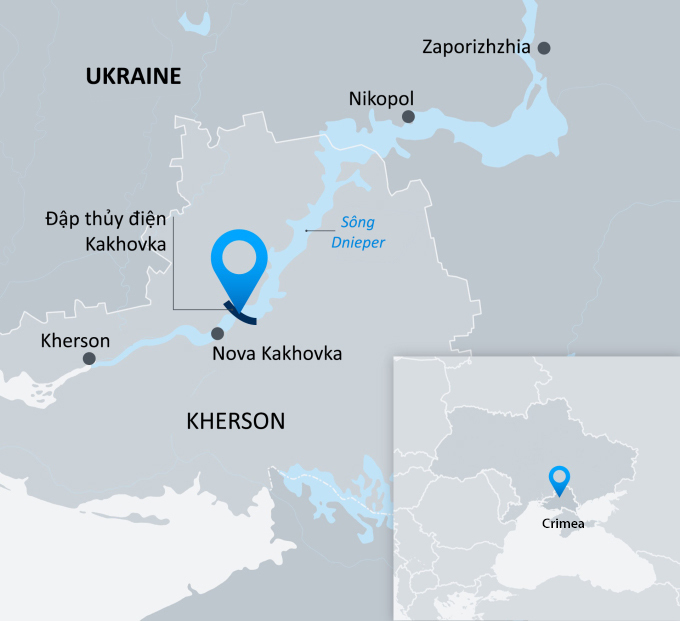
Location of the Kakhovka hydroelectric dam. Graphics: DW
While both Russia and Ukraine have certain benefits and disadvantages from the dam collapse, analysts say it is not advisable to rush to blame any side or attribute the dam collapse to intentional action.
The Kakhovka Dam is controlled by Russian forces, but has not been repaired for a long time due to prolonged fighting, causing the dam's structure to gradually weaken after the fighting and collapse on its own.
“It’s too early to draw conclusions,” said Michael Kofman, director of Russia studies at the Arlington, Virginia-based Center for Naval Analyses. “Ultimately, in the long run, this disaster is not in anyone’s best interest.”
Vu Hoang (According to Reuters, WSJ )
Source link


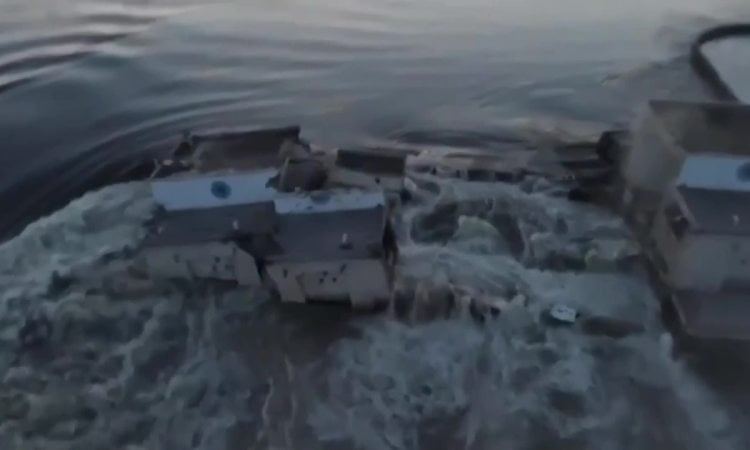
![[Photo] Opening of the 44th session of the National Assembly Standing Committee](https://vstatic.vietnam.vn/vietnam/resource/IMAGE/2025/4/14/03a1687d4f584352a4b7aa6aa0f73792)

![[Photo] General Secretary To Lam chairs the third meeting to review the implementation of Resolution No. 18-NQ/TW](https://vstatic.vietnam.vn/vietnam/resource/IMAGE/2025/4/14/10f646e55e8e4f3b8c9ae2e35705481d)


![[Photo] Touching images recreated at the program "Resources for Victory"](https://vstatic.vietnam.vn/vietnam/resource/IMAGE/2025/4/14/99863147ad274f01a9b208519ebc0dd2)





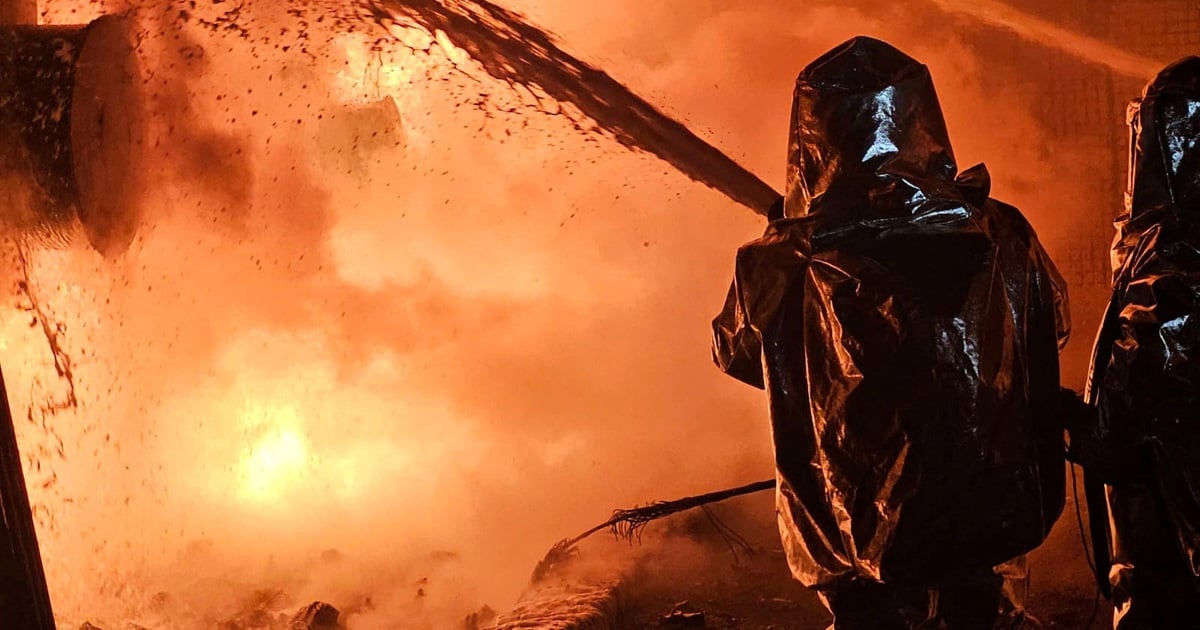


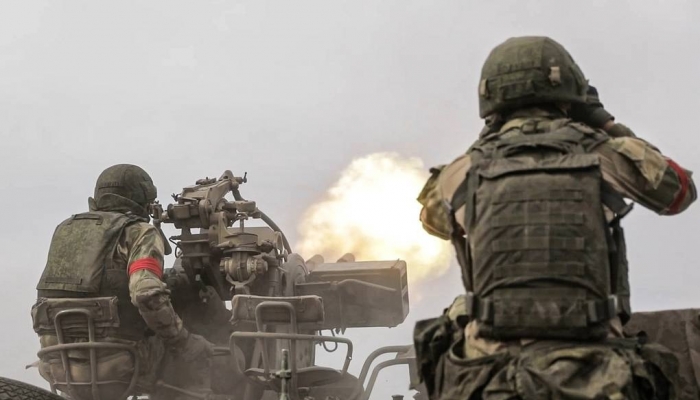




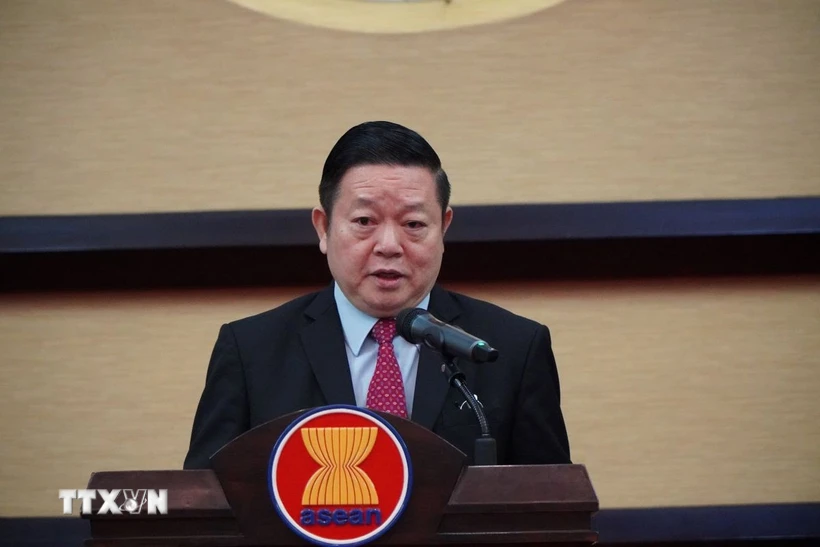












![[Photo] General Secretary and President of China Xi Jinping arrives in Hanoi, starting a State visit to Vietnam](https://vstatic.vietnam.vn/vietnam/resource/IMAGE/2025/4/14/9e05688222c3405cb096618cb152bfd1)








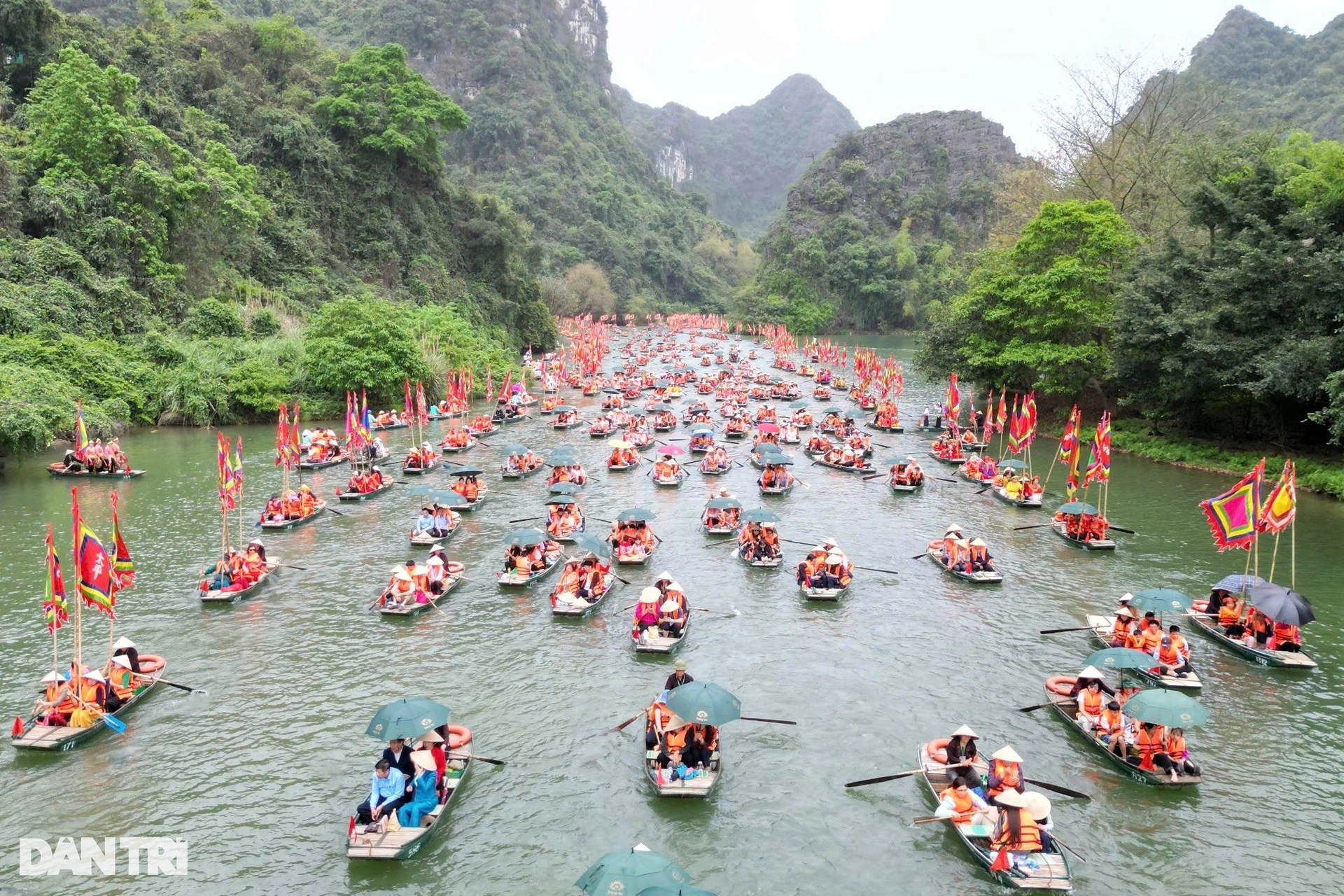
























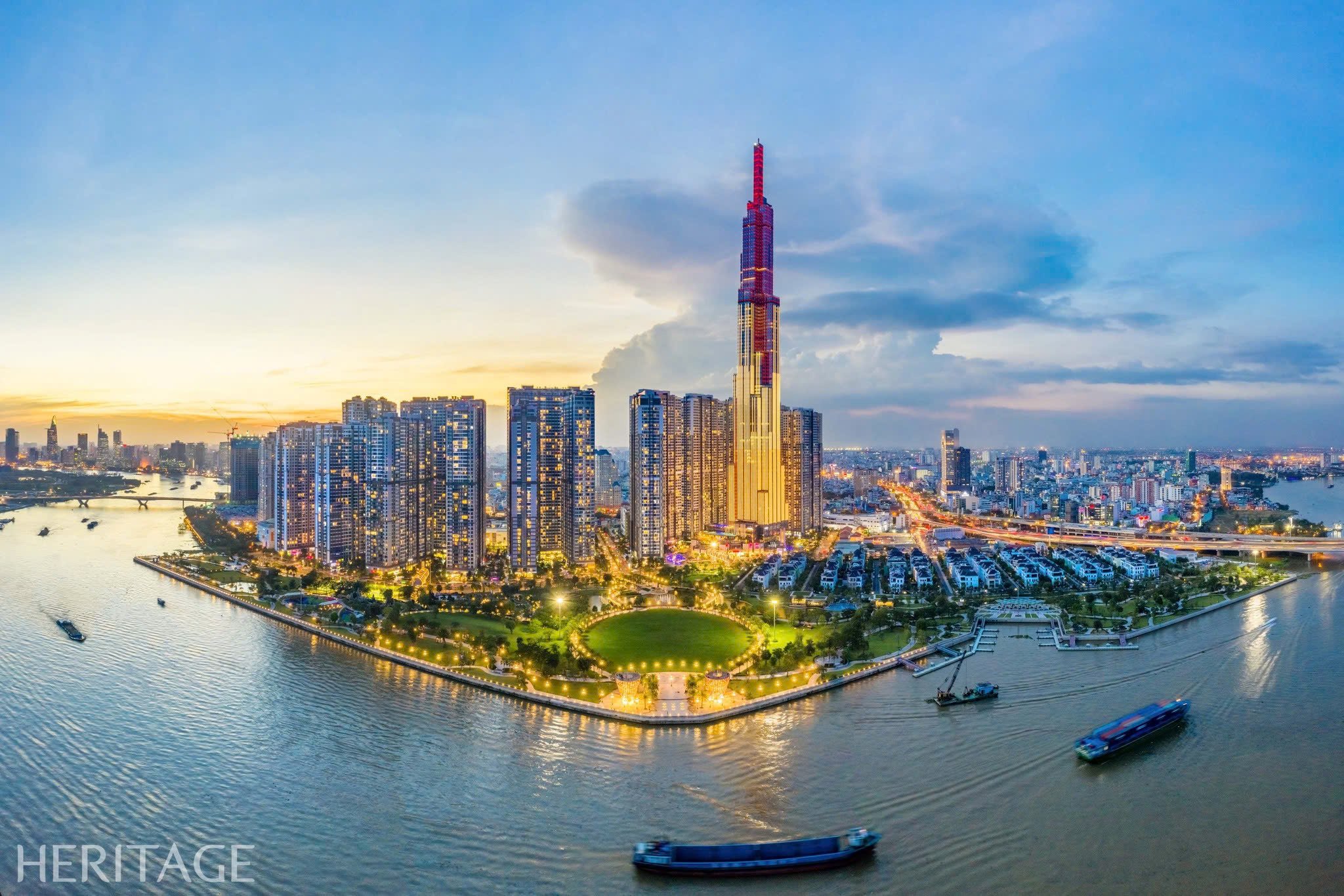

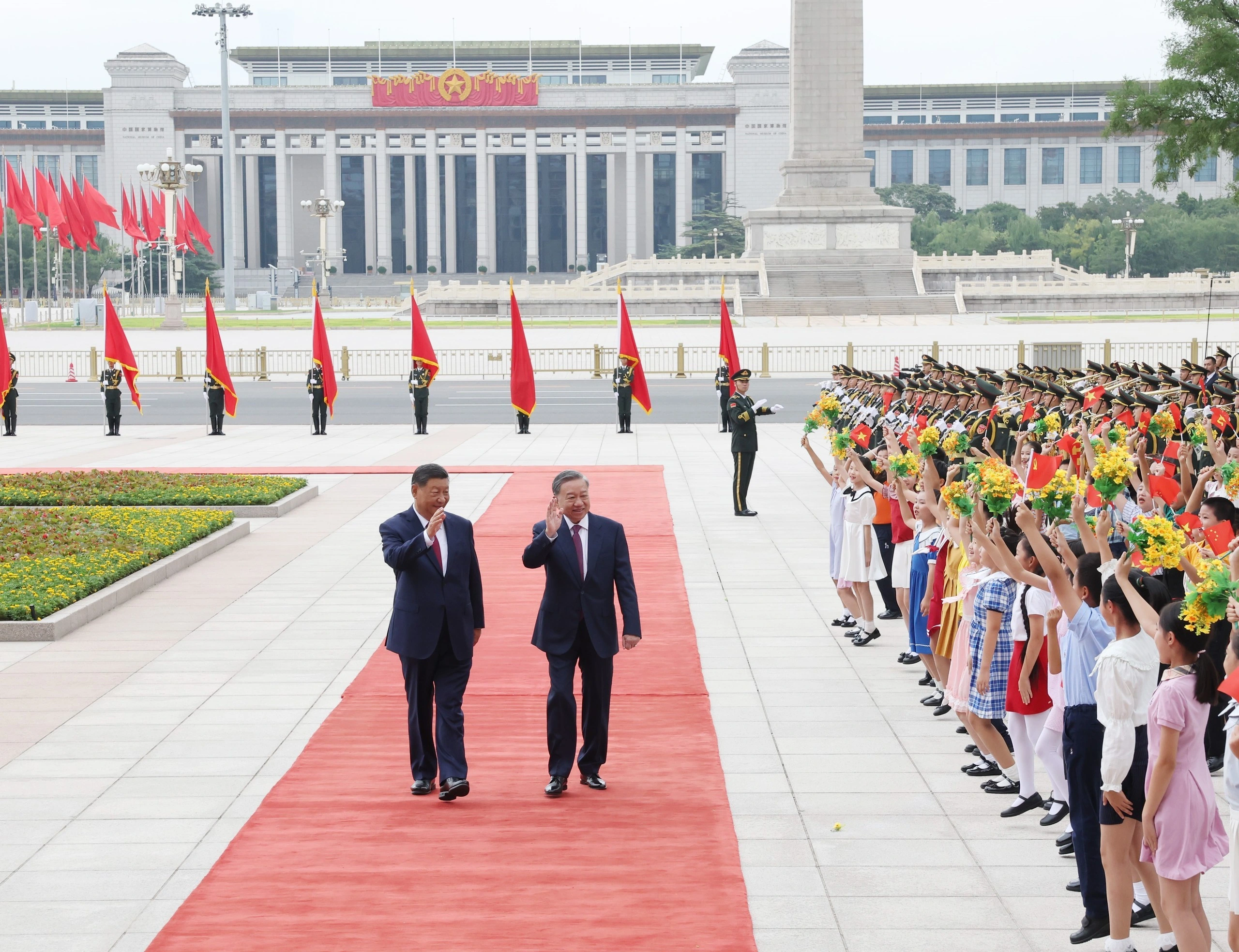
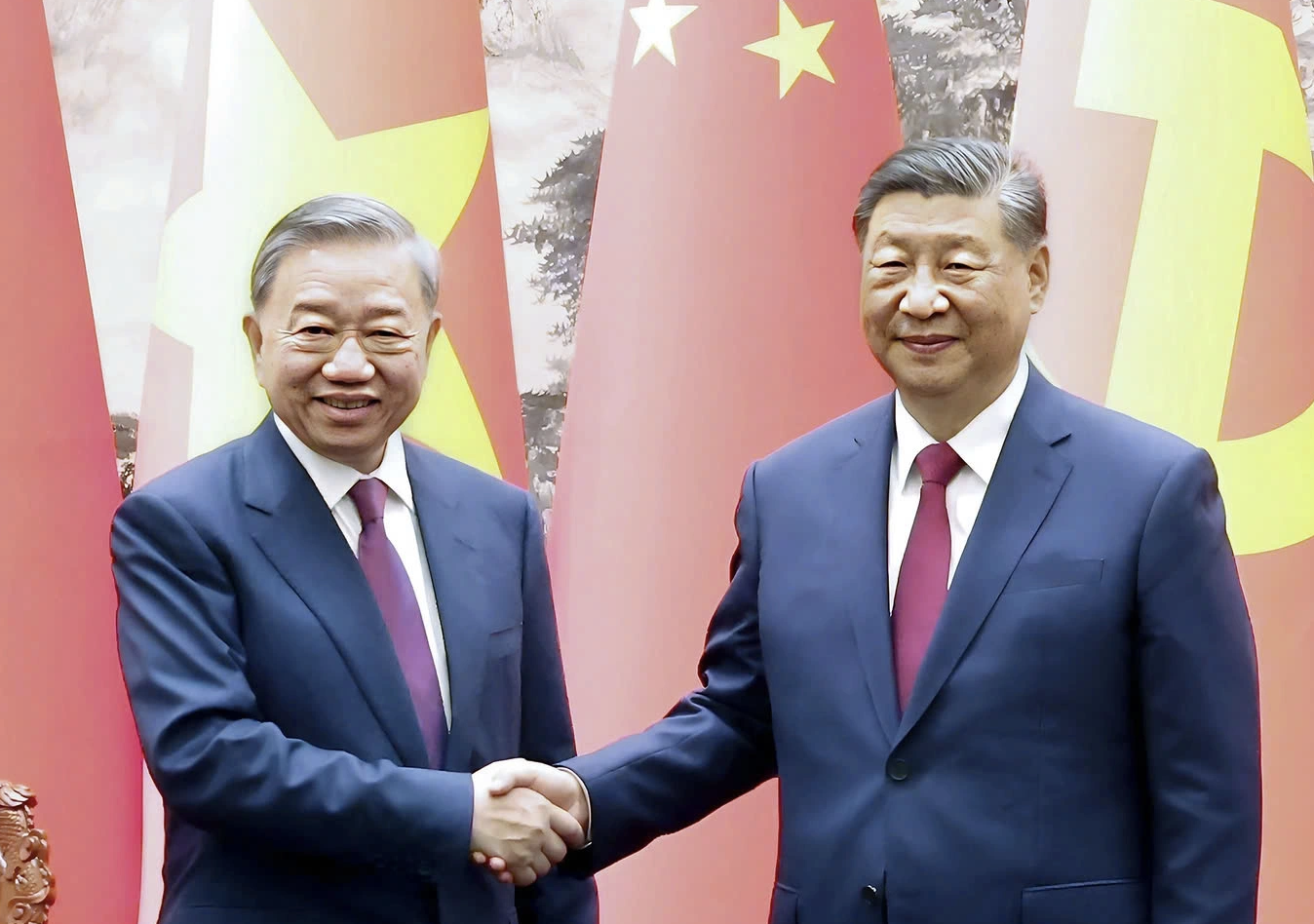











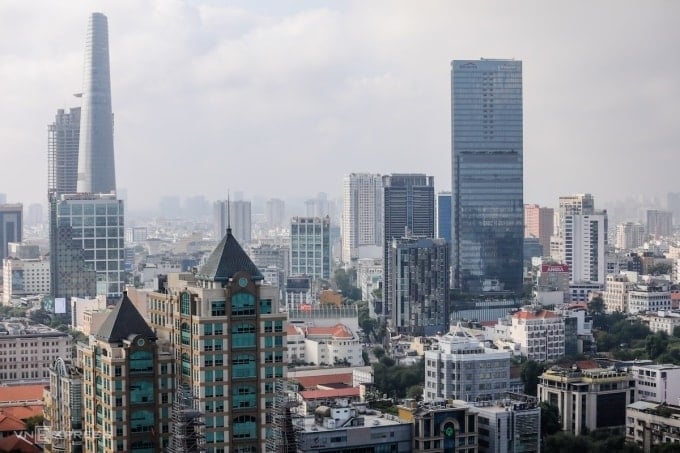


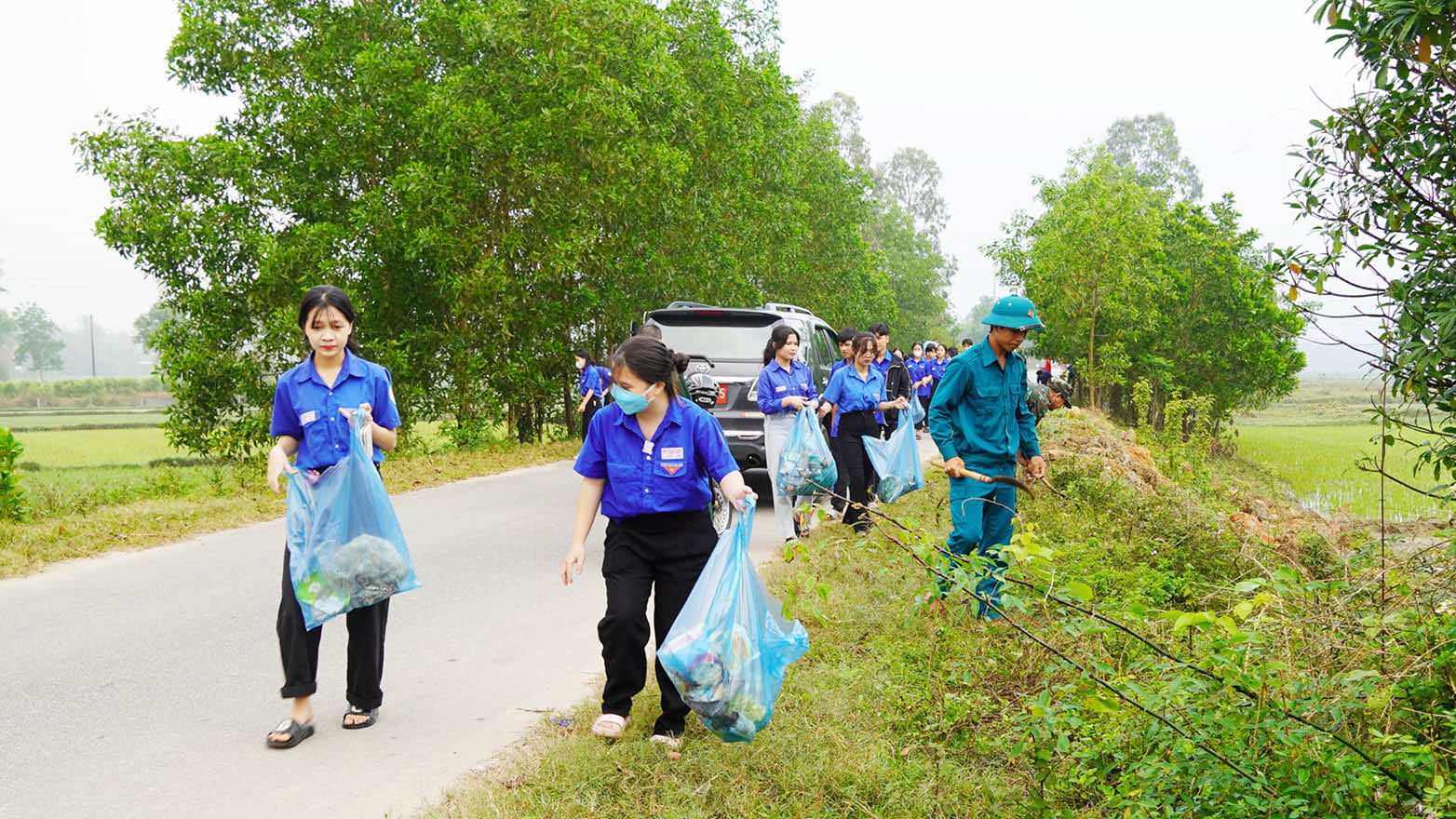

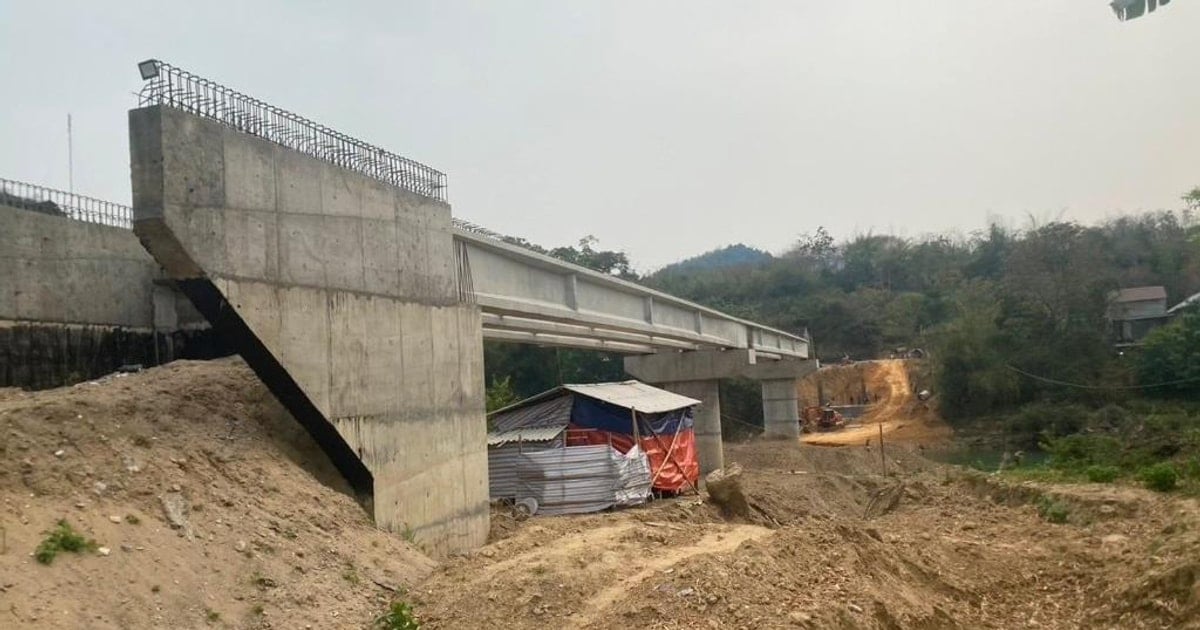

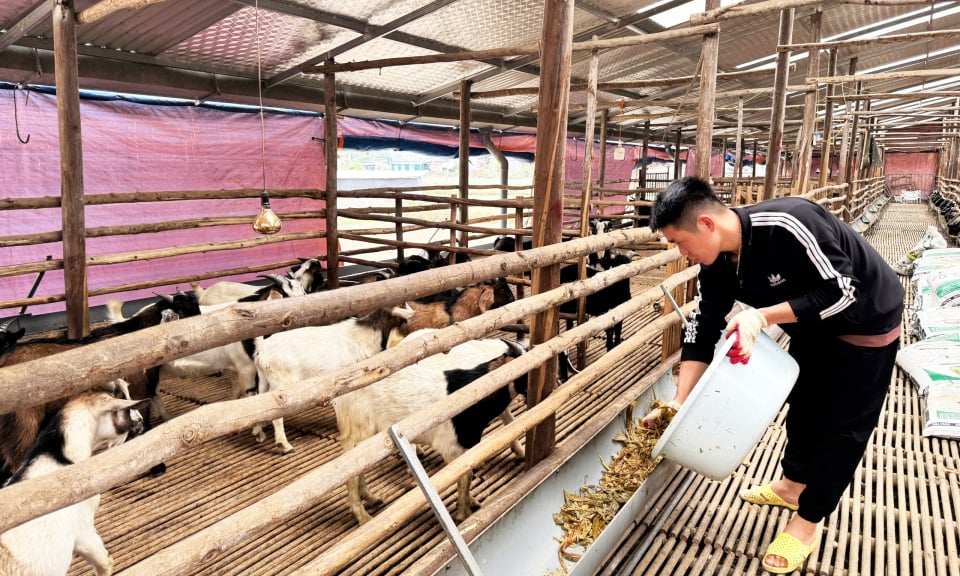









Comment (0)